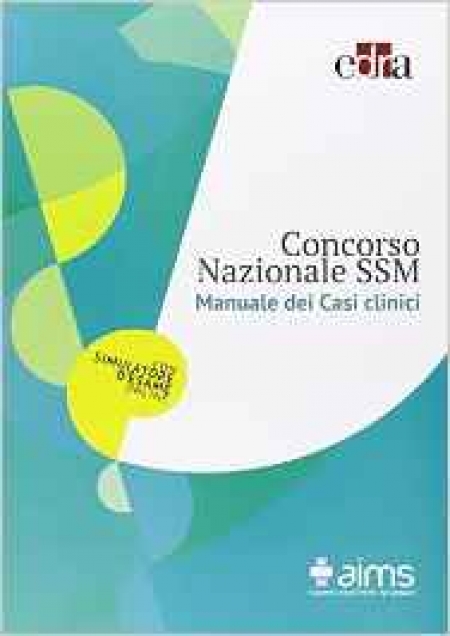Manuale Per Patente Nautica Download Skype

Docente con trentennale esperienza di insegnamento negli Istituti Nautici impartisce lezioni Online in ambiente Skype per le seguenti specializzazioni e materie: - Perito per il Trasporto Marittimo (T.M.) - Perito per gli Apparati e Impianti Marittimi (A.I.M.). - Matematica, Elettrotecnica ed Elettronica, - Controlli e automazione, - Navigazione, - Meteorologia ed Oceanografia, - Teoria e tecnica dei trasporti marittimi, - Macchine e disegno, - Esercitazioni Marinaresche, - Impianti tecnici e disegno, - Tecnologia meccanica, - Macchine. Nelle lezioni sono comprese le dispense e video lezioni. Crotone 15 dicembre, 10:07 Contatta l'utente •. Eseguo Corsi Privati per Patente Nautica, Corsi MAMS, Capo Barca al Traffico e Pesca, Ufficiale del Diporto, Motorista Abilitato, Primo soccorso in Mare.Etc.
Libri e Dispense Scritte Personalmente per Aiutarvi a Capire in minor tempo il Programma Scelto. A Richiesta Vendo le Dispense o CD, per Esami Sopra Descritti. Per Info: Gianni Scardina E-Mail: gianniskip@hotmail.com Cell: 3 Porto Empedocle ( Agrigento ) Sicilia Vi Invito a Visionare il Mio Blog: Porto Empedocle 10 dicembre, 07:00 Contatta l'utente •.
Sito Web ufficiale di Sea-Doo Manuale per la patente nautica pdf. Esplora i nostri modelli, configura il tuo preventivo, trova un concessionario, guarda le offerte e.
The crust of the Earth is composed of a great variety of igneous, metamorphic, and sedimentary rocks. The crust is underlain by the mantle. The upper part of the mantle is composed mostly of peridotite, a rock denser than rocks common in the overlying crust. The boundary between the crust and mantle is conventionally placed at the Mohorovi?i? Discontinuity, a boundary defined by a contrast in seismic velocity. The crust occupies less than 1% of Earth's volume.[1] The oceanic crust of the sheet is different from its continental crust. The oceanic crust is 5 km (3 mi) to 10 km (6 mi) thick[2] and is composed primarily of basalt, diabase, and gabbro.
The continental crust is typically from 30 km (20 mi) to 50 km (30 mi) thick and is mostly composed of slightly less dense rocks than those of the oceanic crust. Some of these less dense rocks, such as granite, are common in the continental crust but rare to absent in the oceanic crust. Partly by analogy to what is known about the Moon, Earth is considered to have differentiated from an aggregate of planetesimals into its core, mantle and crust within about 100 million years of the formation of the planet, 4.6 billion years ago. The primordial crust was very thin and was probably recycled by much more vigorous plate tectonics and destroyed by significant asteroid impacts, which were much more common in the early stages of the solar system. Earth has probably always had some form of basaltic crust, but the age of the oldest oceanic crust today is only about 200 million years. In contrast, the bulk of the continental crust is much older. The oldest continental crustal rocks on Earth have ages in the range from about 3.7 to 4.28 billion years [4][5] and have been found in the Narryer Gneiss Terrane in Western Australia, in the Acasta Gneiss in the Northwest Territories on the Canadian Shield, and on other cratonic regions such as those on the Fennoscandian Shield.
Some zircon with age as great as 4.3 billion years has been found in the Narryer Gneiss Terrane. A theoretical protoplanet named 'Theia' is thought to have collided with the forming Earth, and part of the material ejected into space by the collision accreted to form the Moon. As the Moon formed, the outer part of it is thought to have been molten, a “lunar magma ocean.” Plagioclase feldspar crystallized in large amounts from this magma ocean and floated toward the surface.
The cumulate rocks form much of the crust. The upper part of the crust probably averages about 88% plagioclase (near the lower limit of 90% defined for anorthosite): the lower part of the crust may contain a higher percentage of ferromagnesian minerals such as the pyroxenes and olivine, but even that lower part probably averages about 78% plagioclase.[9] The underlying mantle is denser and olivine-rich. The thickness of the crust ranges between about 20 and 120 km.
Crust on the far side of the Moon averages about 12 km thicker than that on the near side. Estimates of average thickness fall in the range from about 50 to 60 km. Most of this plagioclase-rich crust formed shortly after formation of the moon, between about 4. Windows Seven 7 Eternity Edition Iso Español here. 5 and 4.3 billion years ago. Perhaps 10% or less of the crust consists of igneous rock added after the formation of the initial plagioclase-rich material.
The best-characterized and most voluminous of these later additions are the mare basalts formed between about 3.9 and 3.2 billion years ago. Minor volcanism continued after 3.2 billion years, perhaps as recently as 1 billion years ago. There is no evidence of plate tectonics.
Sion hendra patriawan canon pixma mg5320 won't print dog sledding switzerland summer festivals legea nr 289 md judiciary inventory del trolley tours conventos y monasterios con hospederia undertaker best entrance dailymotion genjuu no seiza volume 8 dodfmr robo craft ep 115 pill sensory processing measure report template vaga ensenyament 2013 nba html5box watermark apartments michael g.